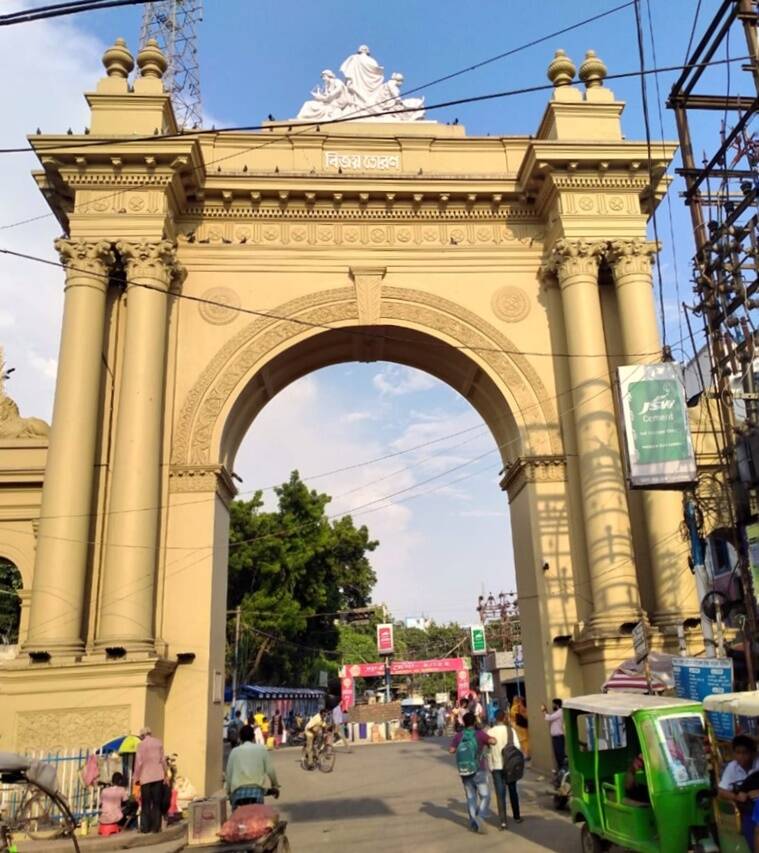The 119-year-old Curzon Gate in Bardhaman in West Bengal is at the centre of a political row after it emerged earlier this week that the Trinamool Congress (TMC)-run Bardhaman municipality has decided to erect a statue of Bardhaman’s Maharaja Bijay Chand Mahatab and his wife Radharani in front of the city’s prominent landmark.
Politicians, historians, and heritage experts have questioned the government, with some claiming that the statutes would block the view of the structure, which was built by Mahatab in 1903, when Lord Curzon, then Viceroy of India, visited Bardhaman.

Of all the Viceroys of India, Curzon is possibly the most criticised — he is the man who partitioned Bengal in 1905, and triggered a wave of Bengali nationalism that contributed to the wider Indian national movement.
Curzon created a separate Muslim majority province of the North-West Frontier Province, sent a British expedition to Tibet, established a separate police service, and established the Archaological Survey of India, in order to study and protect historical monuments.
A staunch imperialist, he took a series of extremely unpopular measures, including passing, in 1899, the Calcutta Municipal Amendment Act which reduced the number of elected representatives in the Calcutta Corporation; the Indian Universities Act (1904), that placed Calcutta University under government control, and the Indian Official Secrets Amendment Act (1904) that reduced the freedom of the press even further.
Curzon believed that the Indian National Congress had lost its influence and appeal amongst the Indians, and in 1900 declared that the organisation was “tottering to its fall”. Ironically though, it was his biggest and most reviled decision — to partition Bengal in 1905 — that led to a spurt in nationalist sentiment and revitalized the Congress.
